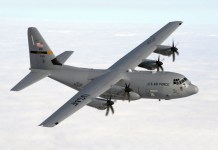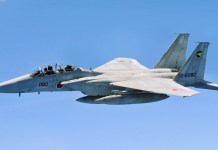After deployment of THAAD by South Korea, Will Japan also deploy Aegis Ashore Missile Defence System with ongoing tensions with North Korea and possible threats from China?
The government of Japan intends to make a final decision before the end of this year on the deployment of the American missile defense system Aegis Ashore against the backdrop of the situation on the Korean peninsula. This was reported on Sunday by the newspaper Mainichi.
Aegis Ashore Missile Defense System
According to the report, a resolution to place Aegis Ashore Missile Defense System can be adopted in a Cabinet meeting. It is expected that two Aegis Ashore systems will be deployed at the training grounds of the Japan Self-Defense Forces in the northern Akita Prefecture and central Yamaguchi, which will protect the entire country from a possible missile attack.
US, India, Japan, Australia Join Hands to Counter China?
In these areas in the near future, it is planned to conduct an expert examination in order to identify the possible impact of new weapons on the environment. To speed up preparations for the deployment of missile defense complexes, the government also decided to allocate 2.1 billion yen ($ 18 million) from the supplementary budget for the current financial year (completed March 31, 2018).
At present, Japan has a two-tiered missile defense system. Equipped with Aegis systems, the ships are armed with SM-3 interceptor missiles, which must knock down a ballistic missile on the middle part of its trajectory. If this is not done, the second level of missile defense will be deployed using the Patriot PAC-3, which must intercept the missile at the final stage of its flight. The range of this system does not exceed several tens of kilometers.
US-South Korea Naval Exercise Perturbs North Korea
Initially, the government of Japan planned to deploy two Aegis Ashore systems, each worth about 80 billion yen (about $ 728 million), by 2023, but the process could be accelerated. For these systems, Japan together with the US is developing new SM-3 Block 2A interceptor missiles, which should have a radius of up to 1,000 km instead of approximately 500 km from the SM-3.




